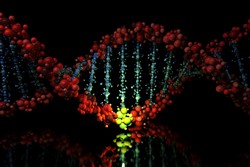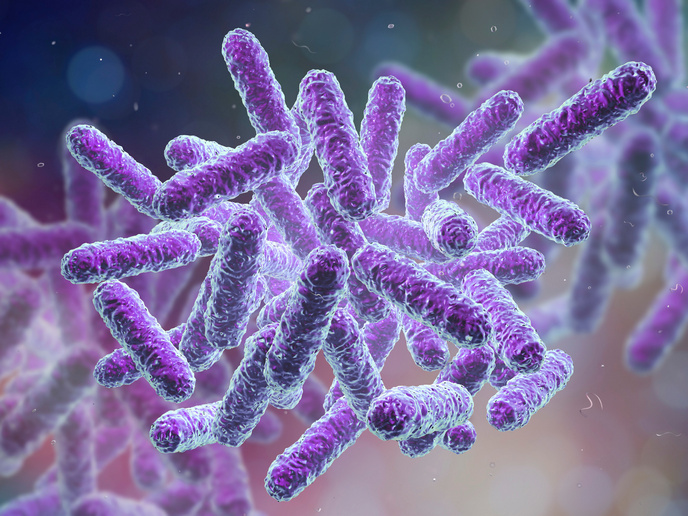Epigenetic recognition of transposons
Transposable elements are DNA sequences with an inherent capacity to jump from one position to another within the genome. Potentially, this attribute could cause insertional mutagenesis, proving deleterious to cells. Eukaryotic cells have evolved mechanisms of dealing with the mutagenic capacity of transposable elements by placing them in the transcriptionally inactive heterochromatin. The cells' capacity to distinguish between useful DNA and such elements occurs through small non-coding RNA molecules. The primary objective of the EU-funded TETRAHYMENA (RNA directed DNA elimination in Tetrahymena) project was to study the mechanism by which small RNAs lock transposable elements within heterochromatin. For this purpose, they used the model protozoan organism Tetrahymena, which removes nearly 10 000 transposable element-related internal eliminated sequences (IESs) during sexual reproduction. Emerging evidence has identified certain heterochromatin components (lysine-methylated histones and HP1-like protein) to be specifically associated with such IESs. In addition, the enzymes (Dicer, Argonaute) required for small RNA production are essential for DNA elimination. TETRAHYMENA scientists revealed that the pattern of DNA elimination was epigenetically regulated by the selective degradation of small RNAs complementary to the somatic genome. The researchers found that methylation of small RNA molecules facilitates this epigenetic process. They also revealed that how these small RNAs are imported into the nucleus, which constituted the first indication of the mechanism selectively transporting functionally matured small RNAs into the nucleus. Furthermore, the scientists discovered that a domesticated PiggyBac transposase catalyses the excision process of DNA elimination. Collectively, the TETRAHYMENA data depicted the mechanism of RNA-directed epigenetic recognition of transposable elements in eukaryotic cells. The role of chromatin and epigenetics in this process will facilitate future RNA silencing and chromatin studies.







